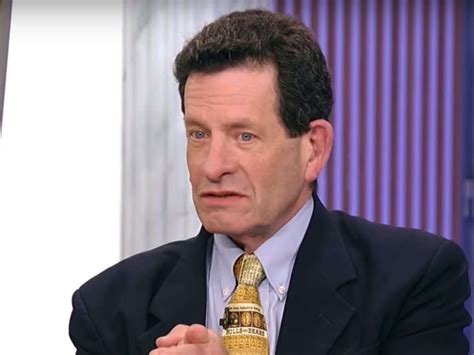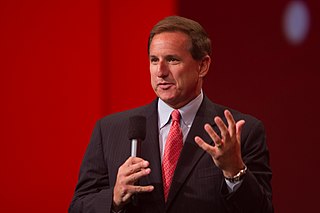A Quote by David Dreman
One of the big problems with growth investing is that we can't estimate earnings very well. I really want to buy growth at value prices. I always look at trailing earnings when I judge stocks.
Related Quotes
A young financial writer once brought ridicule upon himself by stating that a certain company had nothing to commend it except excellent earnings. Well, there are companies whose earnings are excellent but whose stocks I would never recommend. In selecting investments, I attach prime importance to the men behind them. I'd rather buy brains and character than earnings. Earnings can be good one year and poor the next. But if you put your money into securities run by men combining conspicuous brains and unimpeachable character, the likelihood is that the financial results will prove satisfactory.
I buy stocks when they are battered. I am strict with my discipline. I always buy stocks with low price-earnings ratios, low price-to-book value ratios and higher-than-average yield. Academic studies have shown that a strategy of buying out-of-favor stocks with low P/E, price-to-book and price-to-cash flow ratios outperforms the market pretty consistently over long periods of time.
Stock prices are likely to be among the prices that are relatively vulnerable to purely social movements because there is no accepted theory by which to understand the worth of stocks....investors have no model or at best a very incomplete model of behavior of prices, dividend, or earnings, of speculative assets.
Brand-name growth stocks ordinarily command the highest p/e ratios. Rising prices beget attention, and vice versa - but only to a point. Eventually their growth rate can diminish as results revert towards normal. Maybe not in all cases, but often enough to make a long-term bet. Bottom line: I wouldn't want to get caught in a rush for the exit, much less get left behind. Only when big growth stocks fall into the dumper from time to time am I inclined to pick them up - and even then, only in moderation.




















